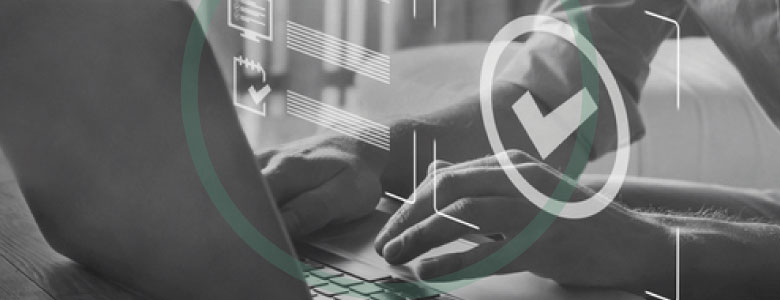Imagine Raiser’s Edge, Blackbaud CRM, eTapestry, Salesforce Non-Profit Success Pack, Microsoft Dynamics, or any of the marquis customer relationship management (CRM) systems which serve the non-profit sector, operating on their own.
A self-driving CRM. A self-cleaning CRM. Gone would be the need for day-to-day management and oversight. No longer would you need to worry about whether people were entering data in a uniform fashion. Return to Sender mail would be automatically processed. A data file could be pulled seamlessly for your Tax Appeal, which would extract clean, tidy, and uniform data that would even please your direct marketing firm.
Self-driving cars may be reality for you and your community soon. Whether you view this as a positive or risky invention, they already exist in some parts of the world. But, self-driving customer relationship management (CRM) systems are not yet in the cards – at least not in the near future.
Until which time suppliers create that self-driving CRM, it is up to everybody in your non-profit organisation to make data hygiene their business. Everyone from the CEO to the major gifts or bequests officer, programs staff person, and the receptionist play a role in data hygiene in your non-profit organisation, school, or university.
What is good data hygiene practice?
Good data hygiene practices are practices which occur to save your organisation time and money, as well as increase your efficiencies. It ensures your organisation has the best opportunity to retain constituents. And, it increases the value of your data and, ultimately, the value of the brand of your non-profit organisation, school or university.
How does your organisation accomplish good data hygiene?
Good data hygiene is accomplished by approaching your data from many angles:
|
Angle |
Definition |
|
Intuitive configuration of your CRM |
Configure the CRM to meet business requirements. Ensure the configuration offers a fantastic user experience and it makes sense to your user audience. |
|
Procedural guides |
Develop best practice procedures and offer a dynamic procedure manual for staff reference. |
|
Training of your staff |
Offer a full spectrum of training for your staff, including initial CRM training and ongoing training. Offer tips and tricks for end users. |
|
Monitoring of your CRM |
Monitor the CRM for issues and correct poor practices exercised by your team. Ensure ongoing training corrects bad practices. |
Data hygiene is also best accomplished at three levels of frequency – on a day-to-day, monthly, and an annual basis
Day-to-Day
Whenever a staff person receives a telephone call, email, or meets with a constituent, it is the staff person’s role and responsibility to manage the data when the data is in their custody. Train and coach staff to Confirm, Edit and Enhance (CEE) every record:
Confirm (C) – Confirm the constituent’s contact details when in touch with constituent. Ask them to verify their address, telephone number(s) and email address(es). Staff will be used to performing this practice when they make a medical appoint or call their credit card company. Companies you and I deal with as consumers practice “confirming” our contact details on a daily basis and your organisation ought to, as well.
Edit (E) – Edit anything which is erroneous. Ensure your team keep the previous mailing addresses, marking this previous address as “previous” or “former” and add the new address. Edit any phone number(s) or email address(es) which are inaccurate. It is fine to override incorrect email addresses or phone numbers. Do not remove old mailing addresses because these are good key indicators for major gift and bequest prospecting.
Enhance (E) – Enhance the record with any information missing. Take the opportunity to seek things like missing phone and email details. Ask the constituent for their birthdate.
Monthly
At the close of business each month, tidy up the data by fixing known issues. It is a bit like cleaning the oven or tackling the garage mess at home. Tidying up your CRM at the close of each month means you start the new business month with a clean CRM solution. Create queries and look for missing data or incorrectly entered data based on issues discovered and issues which you know are common to your data set.
Annual
At least once a year, your organisation should perform global data hygiene with a firm such as Experian. Experian will take your data extraction and report on the health of your data. Experian will:
o Standardise your addresses.
o Supply a DPID number for each address.
o Provide new addresses for constituents who have moved and opted into mail redirection.
o Provide a flag for constituents who have moved and not opted into mail redirection.
o Enhance your data with new phone numbers.
o Verify existing phone number and email addresses
Years ago, you probably never dreamed of self-operating vacuums or lawn mowers, or of self-cleaning ovens. Perhaps one day our CRM partners will create that self-operating CRM. Until which time, empower your end users to own and take care of the data in the CRM. Once they do, they will see the dividends a clean and robust CRM will provide for your organisation. Your organisation’s data is owned by far more people than your Data Manager.






